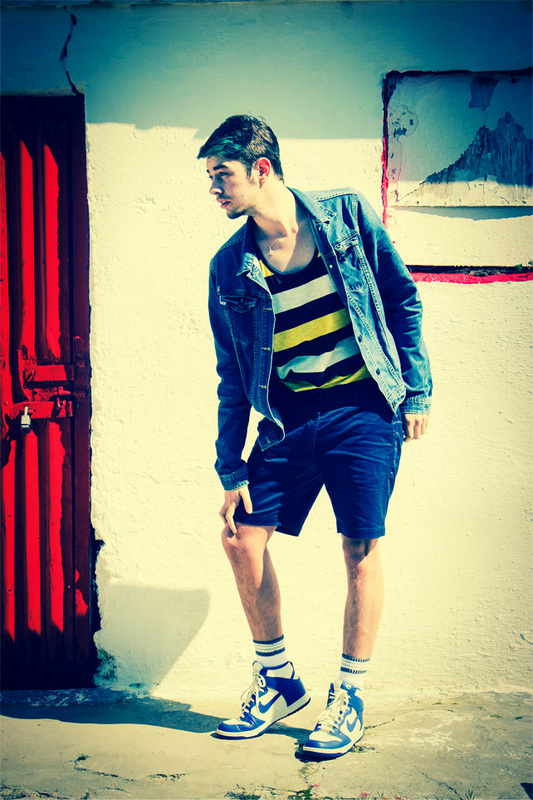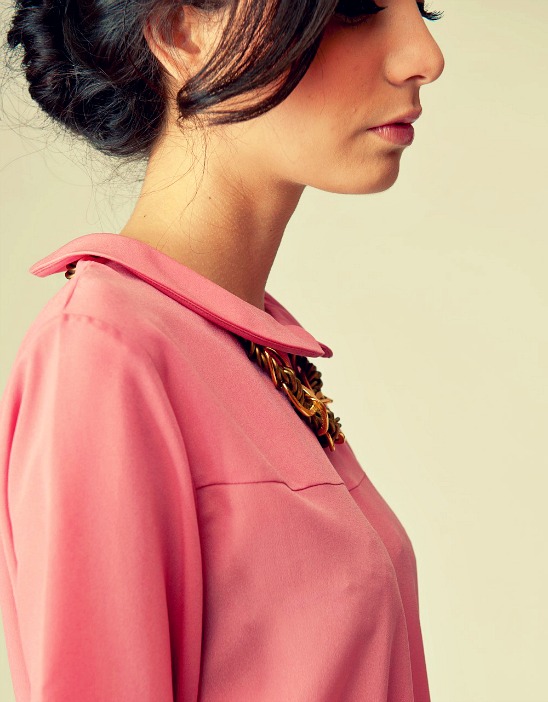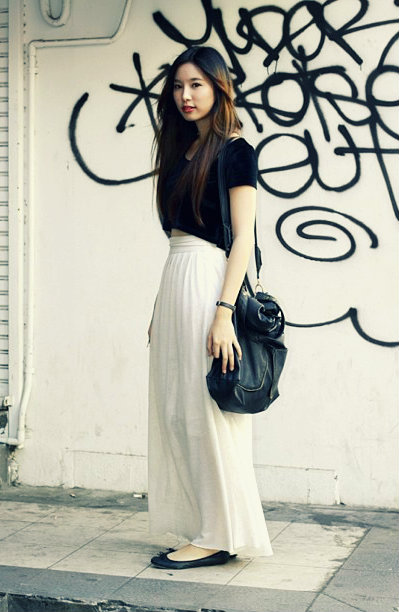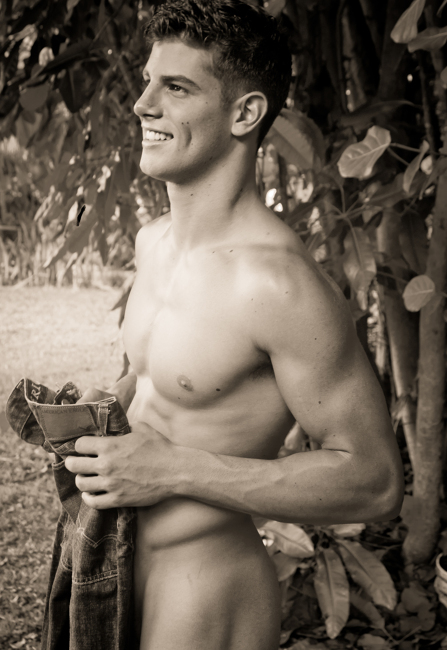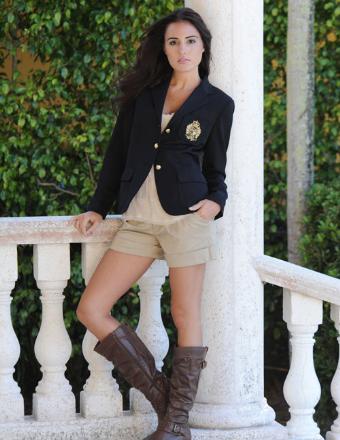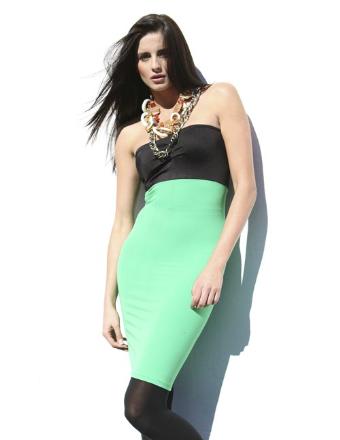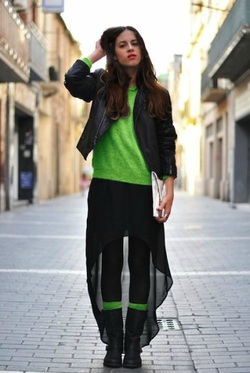
by: Ogilvie Zavala
Associate Arts Editor
In the fashion industry, designers are constantly looking for new ways to
reinvent themselves. With discussion over global warming and other environmental concerns, many designers have climbed on the bandwagon of incorporating environmentally friendly practices into the production of their clothing. The
goal is to create clothing that takes into consideration the environment, the well-being of consumers, and the working conditions of employees in the fashion
industry.
However, eco-fashion is not simply clothing created from organic materials
and natural dyes. Wearing vintage clothes your parents owned in the '80s or
using a scarf from a play you were a part of as a child, represent the essence
of eco-fashion's upcycle revolution.
Upcycled clothing
Upcycled clothing challenges the fashion industry's notion of "making"
versus "creating." The pursuit of environmentally and socially conscious
clothing sets it aside from the current trend of clothing manufacturing. As many
parts of the world have witnessed, there are many aspects of mass production
that impact local communities negatively. Some of these may include but are not
limited to; mass resource extraction, fabrication, distribution, and unregulated
disposal practices. Although the fashion industry has introduced
an"eco-friendly" method to mass produce, the process is still unsustainable.
Many of the accessories or clothing purchased are made abroad in sweatshop
conditions or produced in factories where large amounts of energy is wasted.
Upcycling deviates the current "eco-friendly" production by incorporating
creativity and imagination into its production. Reinventing uses for pieces of
clothing that would have otherwise been disposed of serve as its motto. Items
that have already been produced are re-appropriated into creating new unique
outfits and accessories. Since many of the items used in creating these outfits,
are made from scraps of other fabrics or items from everyday life, none of the
outfits can be recreated, and thus "one of a kind."
While living in Tokyo, I came across a very diverse fashion culture. While
many followed the latest fashion trends, others dressed to their own beat.
Whether it was wearing a 1920s hat, spandex pants, and converse or simply a
lollita outfit, many Japanese people created their outfit based on what they
already had and liked.
What do you think about upcycled clothing? Give us your feedback and tell us what you think.
Associate Arts Editor
In the fashion industry, designers are constantly looking for new ways to
reinvent themselves. With discussion over global warming and other environmental concerns, many designers have climbed on the bandwagon of incorporating environmentally friendly practices into the production of their clothing. The
goal is to create clothing that takes into consideration the environment, the well-being of consumers, and the working conditions of employees in the fashion
industry.
However, eco-fashion is not simply clothing created from organic materials
and natural dyes. Wearing vintage clothes your parents owned in the '80s or
using a scarf from a play you were a part of as a child, represent the essence
of eco-fashion's upcycle revolution.
Upcycled clothing
Upcycled clothing challenges the fashion industry's notion of "making"
versus "creating." The pursuit of environmentally and socially conscious
clothing sets it aside from the current trend of clothing manufacturing. As many
parts of the world have witnessed, there are many aspects of mass production
that impact local communities negatively. Some of these may include but are not
limited to; mass resource extraction, fabrication, distribution, and unregulated
disposal practices. Although the fashion industry has introduced
an"eco-friendly" method to mass produce, the process is still unsustainable.
Many of the accessories or clothing purchased are made abroad in sweatshop
conditions or produced in factories where large amounts of energy is wasted.
Upcycling deviates the current "eco-friendly" production by incorporating
creativity and imagination into its production. Reinventing uses for pieces of
clothing that would have otherwise been disposed of serve as its motto. Items
that have already been produced are re-appropriated into creating new unique
outfits and accessories. Since many of the items used in creating these outfits,
are made from scraps of other fabrics or items from everyday life, none of the
outfits can be recreated, and thus "one of a kind."
While living in Tokyo, I came across a very diverse fashion culture. While
many followed the latest fashion trends, others dressed to their own beat.
Whether it was wearing a 1920s hat, spandex pants, and converse or simply a
lollita outfit, many Japanese people created their outfit based on what they
already had and liked.
What do you think about upcycled clothing? Give us your feedback and tell us what you think.

 RSS Feed
RSS Feed

